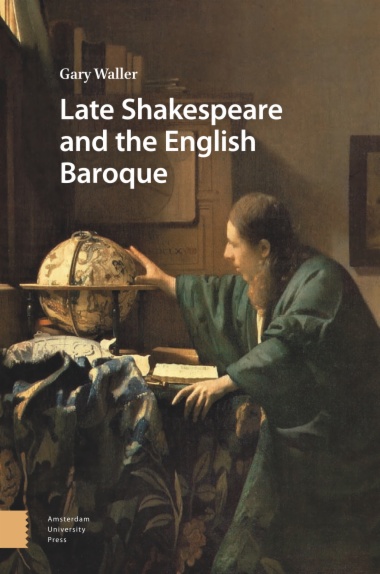Late Shakespeare and the English Baroque focuses mainly on Shakespeare’s late (or later) works, those written from around 1607. It sets both poetry and plays within the emerging culture of the baroque, the term defined not merely by stylistic features but by the underlying ideological ‘structure of feeling’ of baroque culture in early modern England. The book extends the mode of analysis of The Female Baroque (Amsterdam University Press, 2020) and draws on theoretical work by José Antonio Maravall, Raymond Williams, and Julia Kristeva. It analyzes recurring Baroque characteristics – hyperbole and melancholy, theatricality, gender, and ‘plateauing’. Attention is given to the sonnets and other poems, as well as the tragedies from Hamlet on, and argues that increasingly, tragi-comedy emerges as a distinctively baroque Shakespearean characteristic. In the final chapter, primarily on The Tempest, the late Shakespeare is shown to have philosophical insights parallel to Montaigne or Bruno, and to provide anticipatory connections with later baroque artists like Vermeer.
- Cover
- Table of Contents
- Introduction and Acknowledgements
- 1 Late Shakespeare and the English Baroque
- 2 Hyperbole and Melancholy
- The Baroque’s Key Structure of Feeling
- 3 Plays, Players, Playing: The Multiple Theatricality of the Baroque
- 4 Shakespeare: Late Writings and the Female Baroque
- 5 Towards a Baroque Poetics I
- 6 Towards a Baroque Poetics II
- ‘The Phoenix and Turtle’ and ‘A Lover’s Complaint’
- 7 Shakespearean Baroque
- Tragedy in an Emptying World
- 8 Shakespearean Baroque
- From Tragedy to Tragicomedy
- 9 The Tempest
- Plateauing and the Gradual Immanentism of the Baroque: Shakespeare, Montaigne, Bruno, Vermeer
- Index

